Colonial Revival
205 Elderwood Av.
Boscobel, Garrison, New York
Background on Colonial Revival Styles in Pelham
The revival of colonial style architecture began as early as 1880 following the Centennial of the American Revolution. The Colonial Revival architectural style found in Pelham includes a revival of both the Federal or "Adam" Style (1780-1820) and the Georgian Style (1700-1780). The primary difference between Federal and Georgian is in the amount of glass used, with the Federal Style, having much larger windows with larger panes of glass separted by fine mullions while Georgian windows tend to be smaller with chunkier mullions. Most often, however, the Colonial Revival period borrowed freely from both Federal and Georgian design elements.
Local Federal, Georgian & Classical Landmarks
Montgomery Place is a 434-acre estate overlooking the Hudson River. In 1804, the Federal Style house was designed by Alexander Jackson Davis and the grounds by Andrew Jackson Downing for Janet Livingston Montgomery. The estate remained in the family well into the 20th century. The grounds and meticulously preserved mansion are open to the public April to October.
"Boscobel" is a museum of decorative arts in the Federal Style. Located on the east banks of the Hudson River opposite West Point, the mansion was originally built 1804-1808 for States Morris Dyckman.
The Morris-Jumel Mansion built c. 1765 is the oldest residential building in Manhattan. Although built during the Georgian period, it has Palladian elements and details that would be more heavily employed in the later Federal Style. The house is owned by the City of New York and features nine period style rooms.
Built in 1748-49, Van Cortlandt House is an example of a vernacular Georgian home containing period rooms and furnishings. It is the oldest house in the Bronx and has been operated as a museum by the National Society of Colonial Dames since 1896.
Van Cortlandt Manor is an 18th century stone manor house. It features a collection of Federal and Georgian period furnishings, many original to the house.


